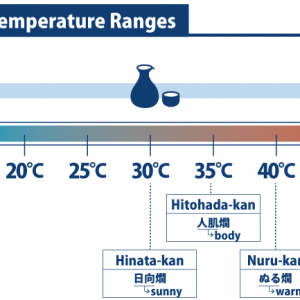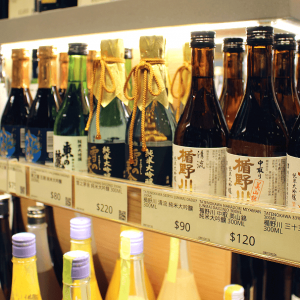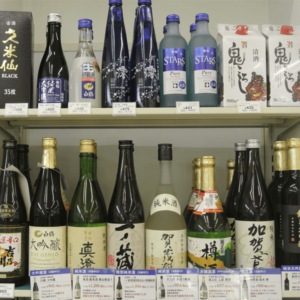
First a little bombshell: the date printed on the sake bottle is in fact the “Production Date”
Nearly all sake bottles come without an expiry date printed on them. They are instead, printed with a “production date”, the date that the product exited the production line, in other words when it was bottled. In the case of sake, an expiry date is not obligatory.
In its unopened state, will sake last forever?
Why is that so? Well, that’s because there is no expiry date to print in the first place.
Sake contains comparatively higher levels of alcohol than other libations, the bacteria-killing-actions of which prevent sake in an unopened state from spoiling… to an extent. That is to say that while a sake that has been in the fridge — or even a dark cupboard — for 10 years will not do you any harm, it is not going to taste anywhere near the same as something that has just been bottled.
There are however exceptions to the no-expiry-date rule. A small section of breweries do put an expiry date on their sakes. This expiry date is not there to tell you that the sake can’t be consumed past a certain date; rather it is there to tell you how long the sake will keep its freshly produced flavour.
To sum up, putting the question of whether it keeps its flavour to one side, sake does not have an official expiry date.
The Method of Storage is Vital
In the case of sake, it’s really less a question of how quickly the sake is shipped after bottling and more a question of how it is stored after shipment. Without a strict quality management in place, the flavour of sake will deteriorate.
As long as it is being managed properly, sake will in fact keep its delicious flavour for a lot longer than you might expect. The main things to avoid are high temperature, direct exposure to sunlight — above all make sure that the sake is kept refrigerated.
It might be time to go and move all the sakes you have lying around in the kitchen into a better storage location… it might not yet be too late.





Comments